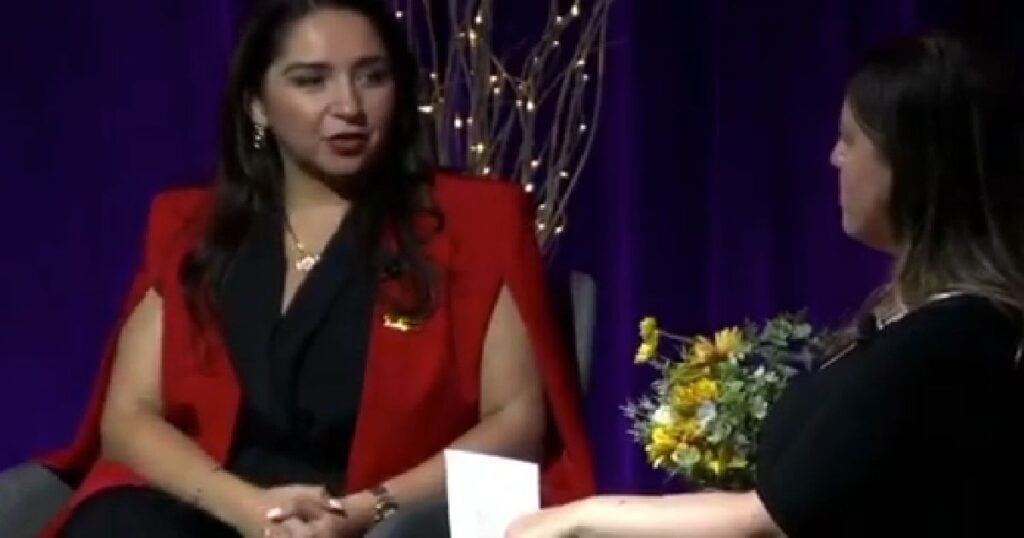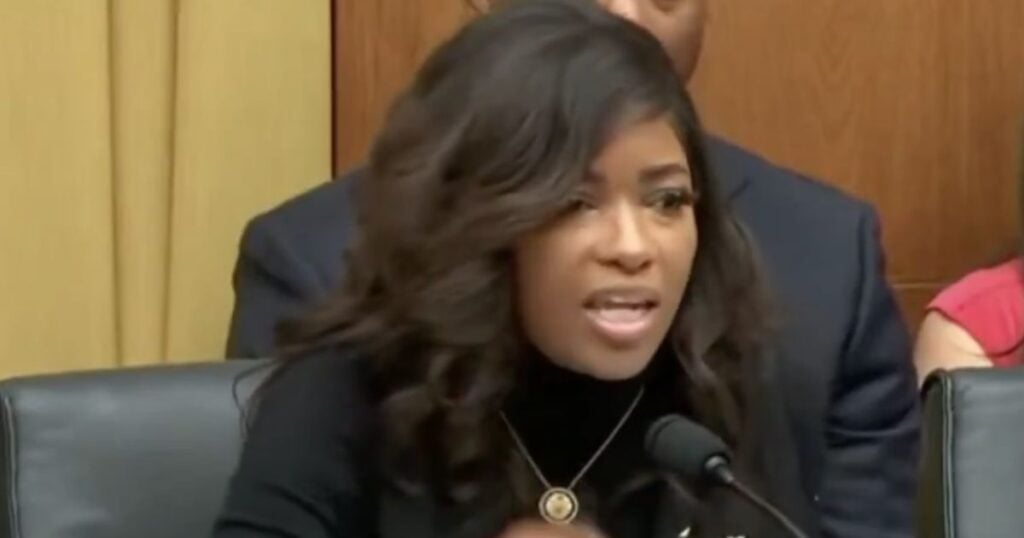The U.S. Treasury is demanding answers from hundreds of local governments that accepted pandemic relief money but never reported how it was spent. Millions in taxpayer dollars remain unaccounted for as deadlines pass and transparency falls short.
Key Facts:
- The U.S. Treasury is trying to recover $139 million in unaccounted-for COVID relief funds.
- Roughly 1,000 local governments failed to file required reports on how they used the money.
- These funds were part of the $350 billion American Rescue Plan passed in 2021.
- As of June 24, 740 governments submitted overdue reports, and 13 returned their money.
- 235 local governments still haven’t reported or repaid the funds.
The Rest of The Story:
The U.S. Treasury issued billions in COVID-19 relief under the American Rescue Plan in 2021, intending to help states, cities, and tribal governments recover.
But many smaller local governments never met the basic condition of reporting how they used the funds.
According to a Government Accountability Office (GAO) report, as of January, about 1,000 local governments had not filed a single report.
These reports were mandatory and due either quarterly or annually, depending on the size of the jurisdiction and the funds received.
The Treasury responded by sending demand letters to collect the unreported money.
By late June, 740 jurisdictions had complied, and 13 had returned funds. Still, 235 governments remain in violation.
“The failure of local governments to file regular progress reports is limiting the Treasury’s ability to determine whether they are spending the funds on allowable uses,” the GAO stated.
Commentary:
When the federal government distributes taxpayer money, especially in the billions, there should be no tolerance for a lack of oversight.
Every dollar comes with a responsibility to spend it wisely—and transparently. The American Rescue Plan was meant to help Americans survive the pandemic’s economic shock. It wasn’t a blank check.
Local governments knew the rules: spend it on approved uses and submit reports. If they failed, it’s fair to demand the money back.
Too often, local agencies treat federal grants as “use it or lose it” cash grabs. That mentality leads to rushed, poorly planned spending—just to avoid returning what wasn’t used.
When oversight is weak, it’s easy for spending to disappear into broad, vague categories that defy auditing. COVID relief was urgent, but urgency doesn’t excuse sloppiness.
These governments had three years to plan and report. If they didn’t, we should ask: was the money used at all, or was it misused and hidden?
Even now, the Treasury isn’t naming the non-compliant governments or releasing their correspondence. That lack of transparency only adds to the suspicion.
If taxpayers can’t find out where their money went, accountability vanishes. It’s time for the federal government to enforce its own rules.
If a town, city, or tribal entity can’t or won’t show how it spent federal aid, then the aid should be refunded. This isn’t about punishment—it’s about trust.
The public deserves to know how relief money was used. If it wasn’t used right, then the people have a right to ask for it back.
The Bottom Line:
Hundreds of local governments accepted COVID relief but never explained how they spent it.
The Treasury is now asking for \$139 million to be returned.
Taxpayer money should never go unaccounted for.
If governments can’t meet simple reporting rules, they shouldn’t keep the funds.
It’s time for transparency and accountability.
Read Next
– Ghislaine Maxwell Agrees to Testify Before Congress, But Only If These Four Demands Are Met
– Police Charge Five After Brutal Late-Night Mob Assault in Cincinnati Caught on Video’
– Sen. Kennedy Responds to NYC Shooting With a Blunt Message About Gun Laws









